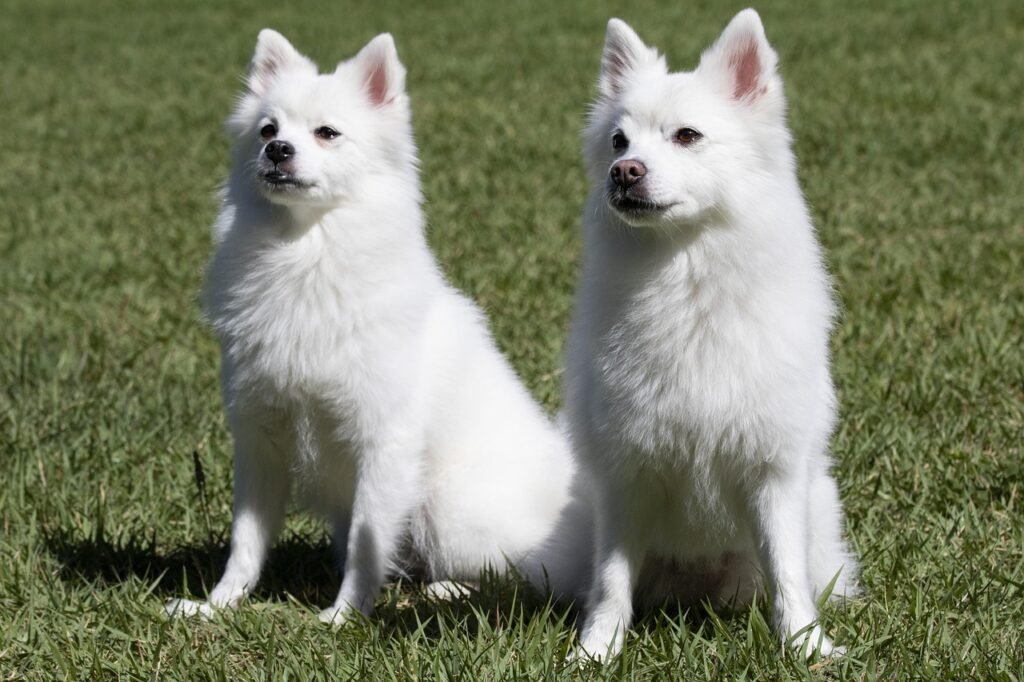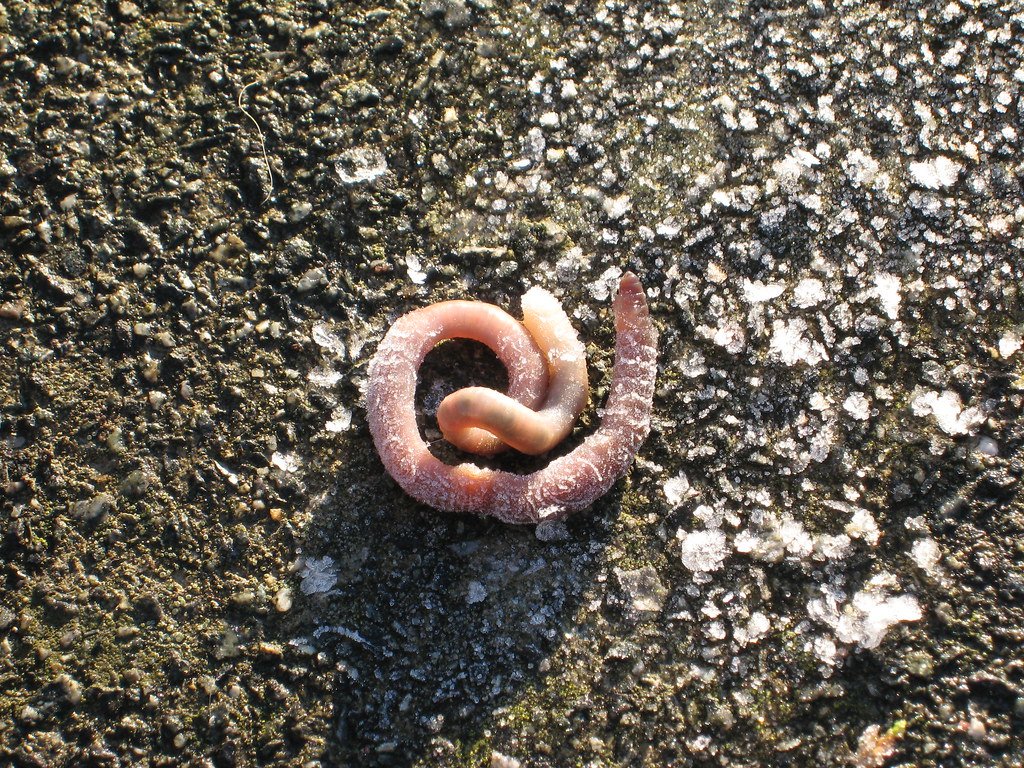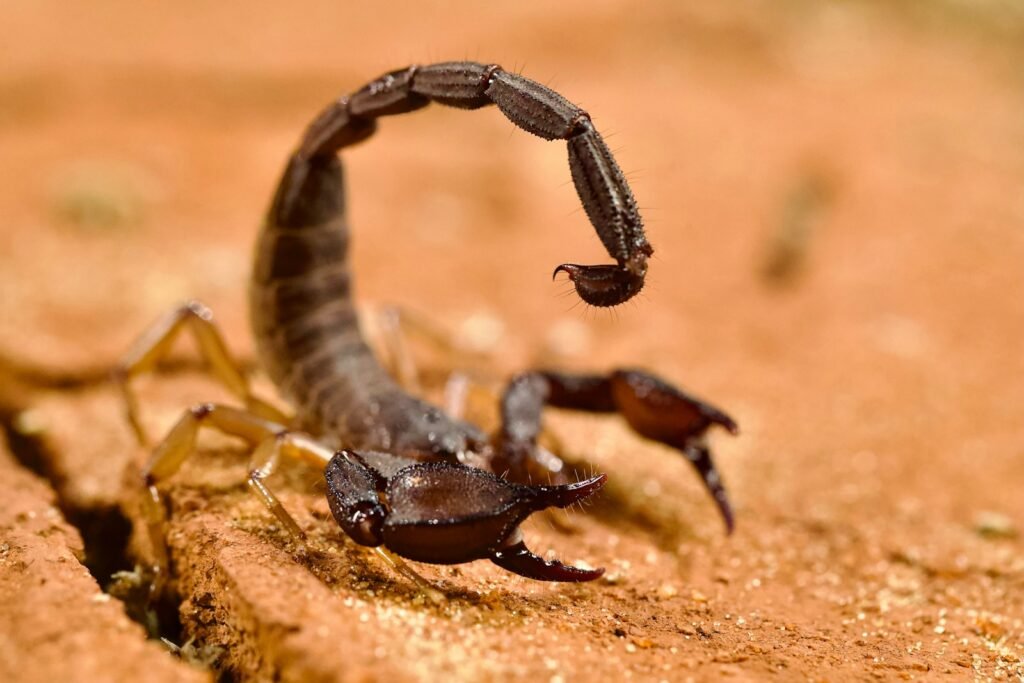Ever wondered why your elderly neighbor’s tiny Chihuahua is still bouncing around like a puppy while that gentle Great Dane down the street barely made it to eight years old? What if I told you there’s an actual science behind which dogs are destined to become centenarians of the canine world? Here’s what researchers have uncovered about the furry companions that might stick around for decades, and why some dogs seem to hold the secret to eternal youth. Studies show that smaller breeds generally outlive their larger counterparts, with some Chihuahuas and Dachshunds living well into their late teens or even early twenties. Genetics play a huge role, but lifestyle factors like diet, exercise, and regular vet care can add years, too. Certain breeds are naturally resilient against age-related illnesses, while others benefit from slower metabolisms that reduce wear and tear on their bodies. Researchers are even exploring links between DNA repair, oxidative stress, and longevity in dogs. It turns out the secret to a long canine life is part biology, part care, and a touch of good luck.
The Small Size Advantage That Changes Everything
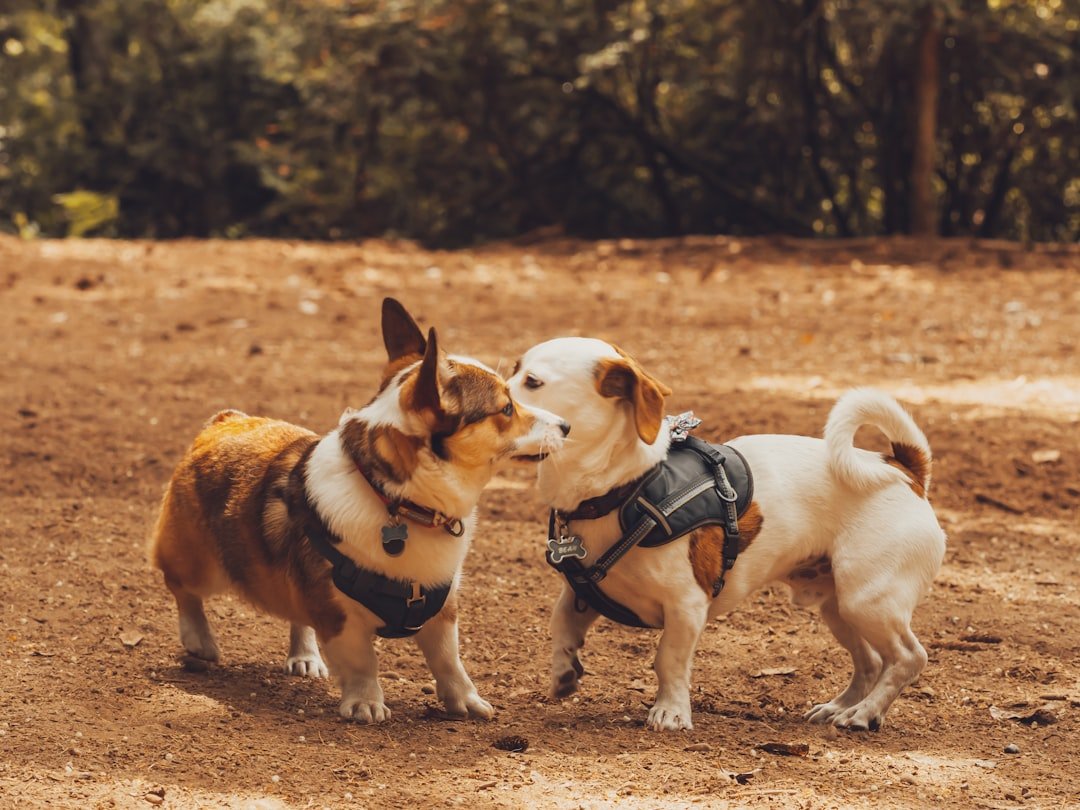
There’s something almost magical about how small dogs tend to live significantly longer than their larger counterparts. Dogs under 20 pounds have an average lifespan of 11 years while those over 90 pounds typically lived for only 8 years. Think of it like this – if dogs were cars, the tiny Chihuahua would be that efficient little hybrid that runs forever, while the massive Saint Bernard would be the gas-guzzling truck that burns out faster.
Weight was the significant predictor of life span, revealing that breeds smaller by weight generally live longer than heavier breeds. Scientists believe this happens because smaller breeds may not have as much physical strain as a larger breed. Your compact Yorkie isn’t putting the same stress on their joints, organs, and cardiovascular system that a towering Mastiff deals with every single day.
Genetics Hold the Master Key to Longevity
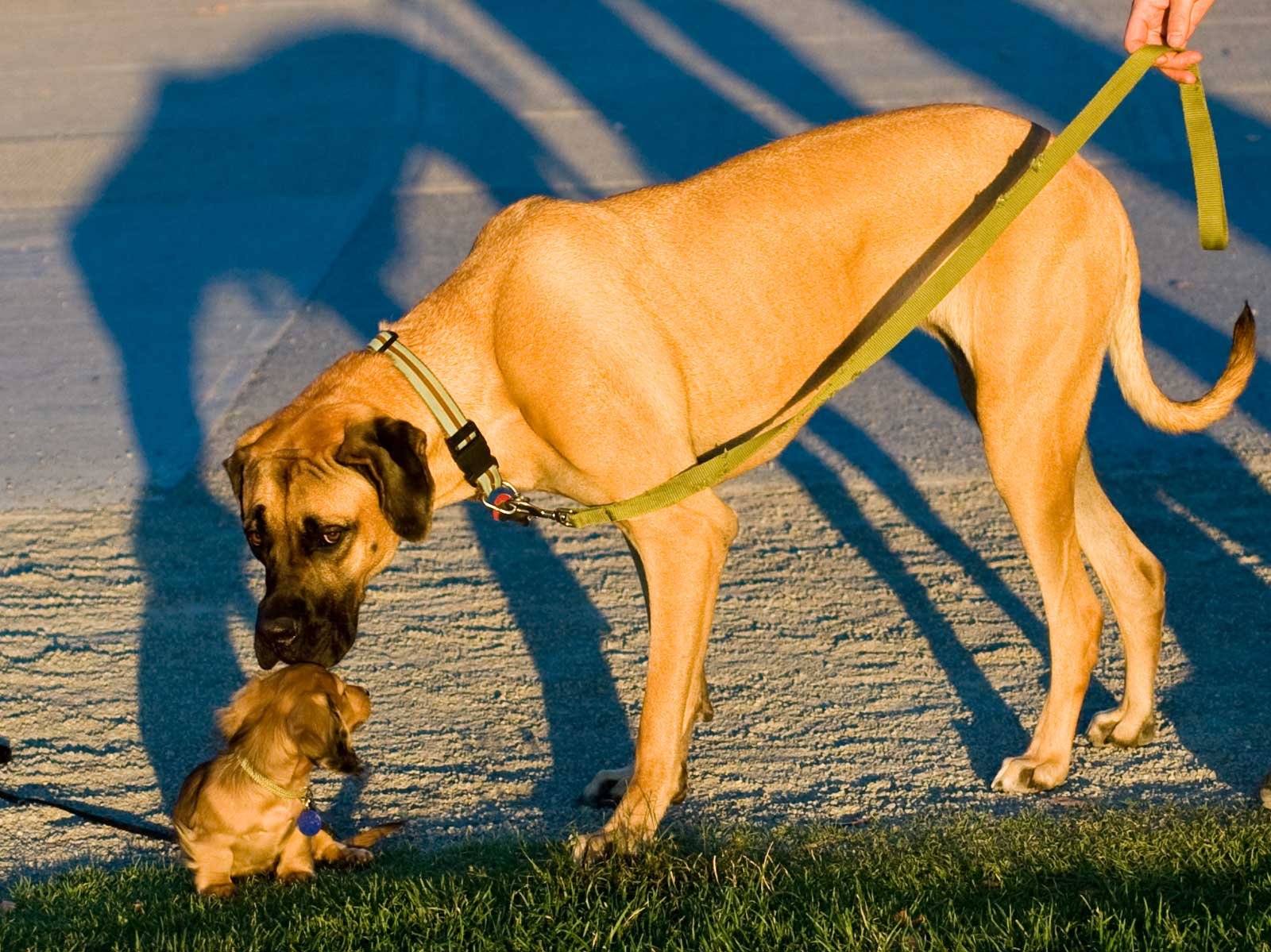
Picture DNA as a recipe book, and some breeds got handed down much better recipes for longevity. Small size and genetic diversity are both linked to a significant increase in mean lifespan across breeds. It’s not just about being tiny though – the genetic lottery matters enormously.
Mixed-breed dogs often have longer lifespans than purebreds due to greater genetic diversity and fewer inherited health conditions. This phenomenon, called hybrid vigor, means that mutts often win the longevity game because they aren’t carrying the concentrated health problems that can plague purebred lines. Breeds with larger effective population sizes and/or lower inbreeding coefficients had median survival times 3–6 months longer than their more inbred cousins.
Chihuahuas: The Tiny Titans of Dog Longevity
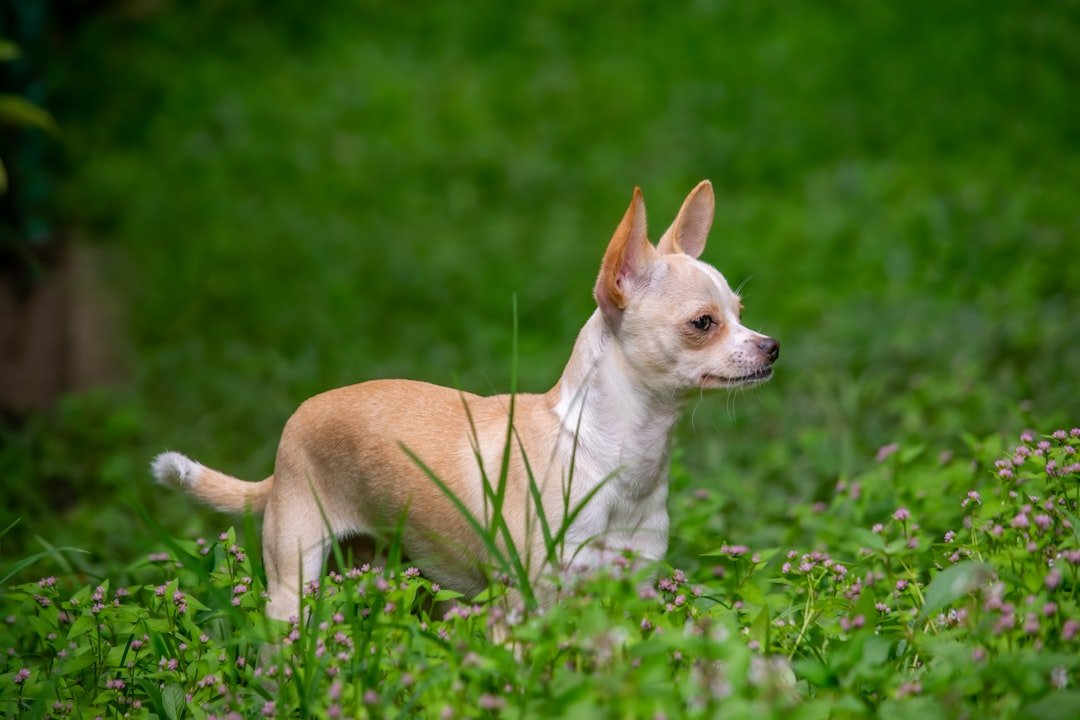
The mighty mites live as long as 14 to 18 years, making them some of the longest-lived dogs on the planet. Some Chihuahuas have been reported to live over 20 years, though specific documented cases vary. These pocket-sized powerhouses prove that good things really do come in small packages.
What makes Chihuahuas so remarkable is their resilience despite their delicate appearance. Weighing only two to six pounds, Chihuahuas are one of the smallest and longest living dog breeds around, known for their long lifespan, with some living up to 20 years. They’re like the energizer bunnies of the dog world, just kept going and going.
Toy Poodles: Curly-Haired Champions of Time
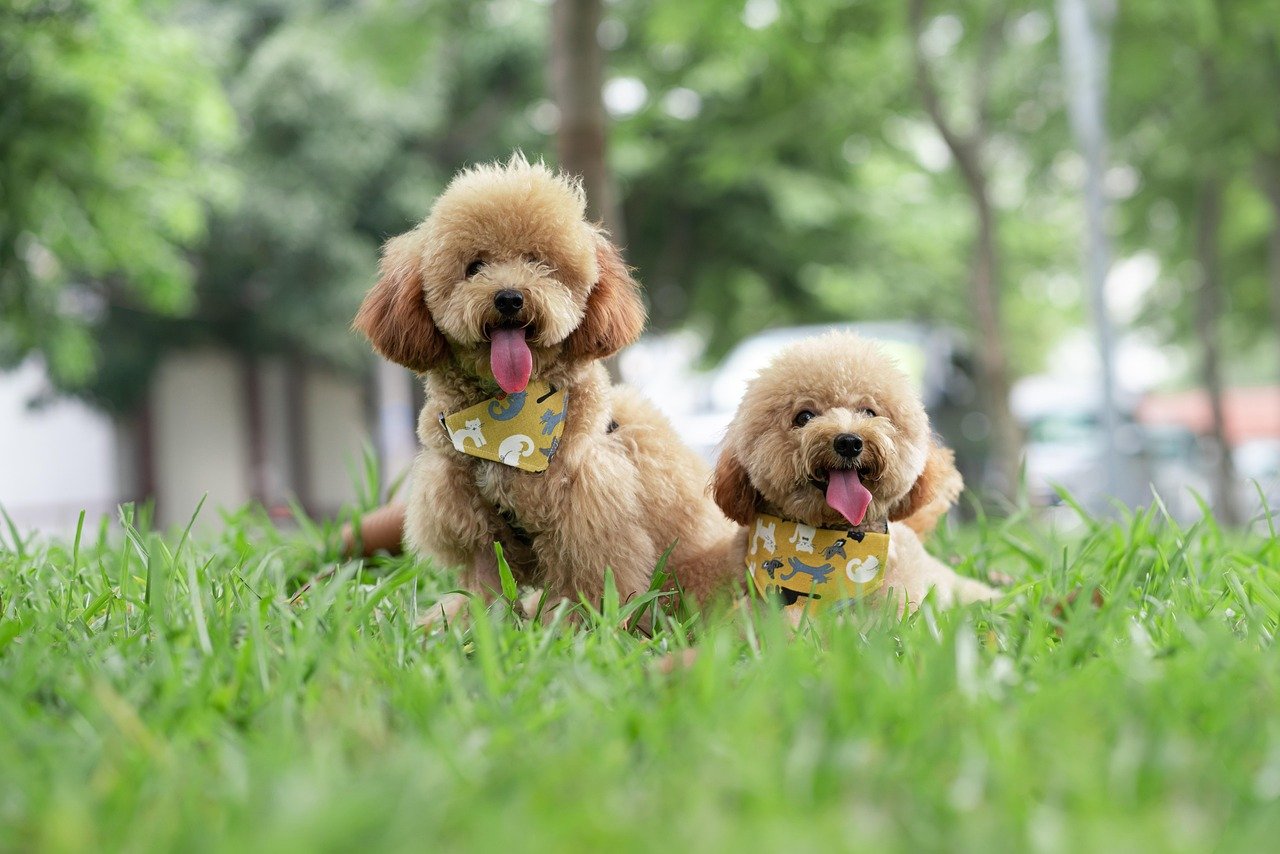
Known for being the world’s curliest dog breed, the Toy Poodle can live for around 12 to 18 years. These intelligent, compact dogs combine longevity with brains, making them ideal long-term companions. Most toy-sized ones live 14 to 16 years, significantly outlasting their larger Standard Poodle cousins.
All poodles and poodle mixes have a fairly long expected lifespan, but as the littlest of the group, toy poodles have the longest. Their hypoallergenic coats and sharp minds make them perfect for families who want a dog that’ll be around for the long haul. Plus, their small size means they’re putting less wear and tear on their bodies compared to bigger breeds.
Dachshunds: The Wiener Dogs That Keep Going
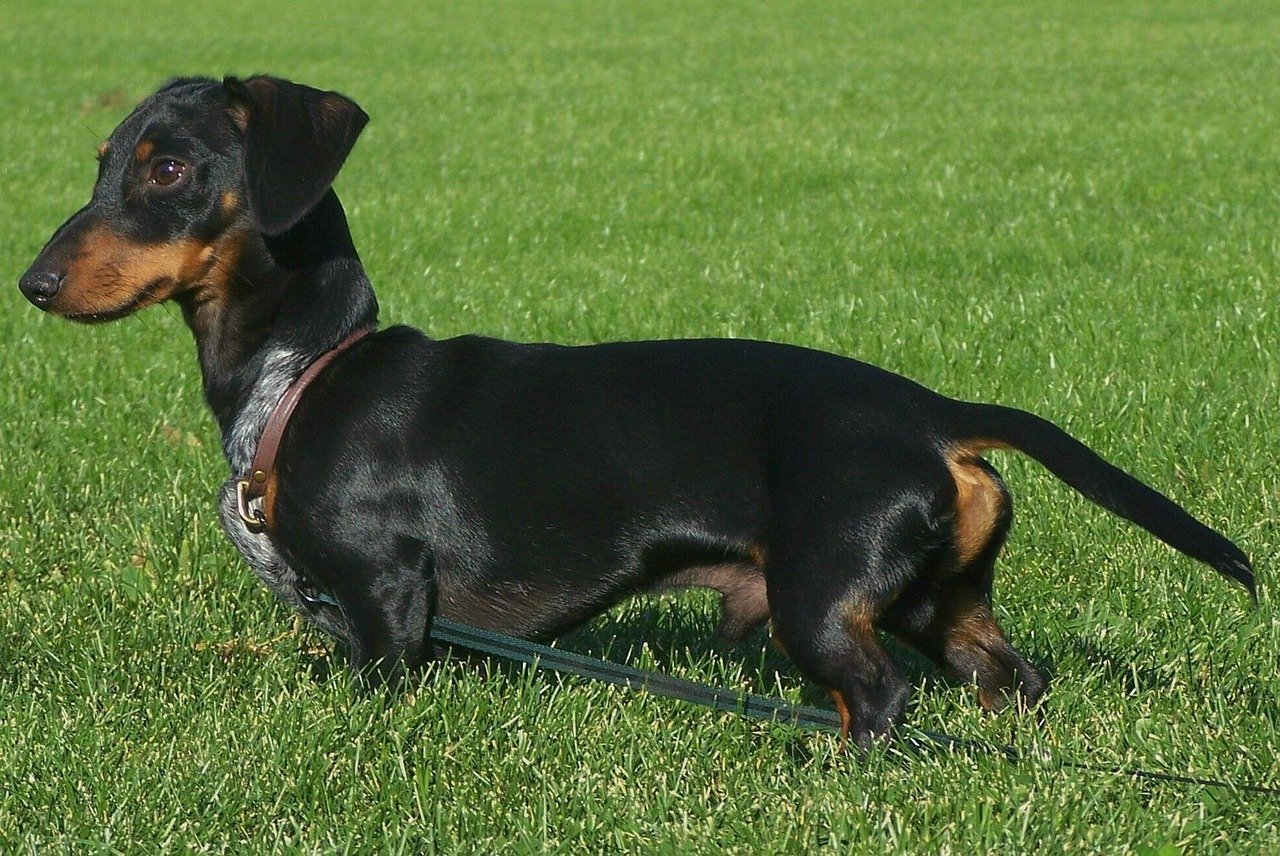
Long-haired, wire-haired, or smooth, these playful pups usually live 12 to 14 years. Some Dachshunds have been reported to live into their early 20s, with Dachshunds living an average of 12-16 years. These sausage-shaped survivors were originally bred to hunt badgers, which required incredible tenacity – a trait that serves them well in the longevity department.
The key to their longevity lies in their strong genetics, though they have strong genetics, though prone to back problems. Their unique body shape can cause spinal issues, but with proper care and avoiding activities that strain their backs, these determined dogs can live remarkably long lives. They’re proof that sometimes the most unusual-looking dogs are built to last.
Jack Russell Terriers: Small Dogs with Giant Lifespans
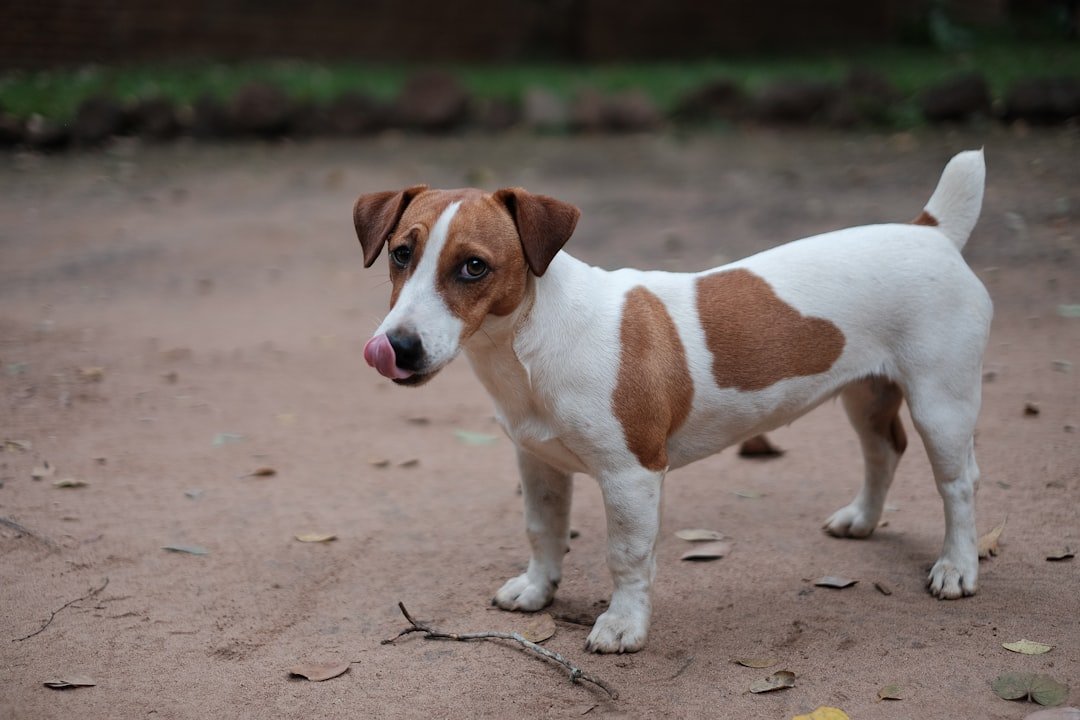
Jack Russells are small active dogs that can survive for 16-20 years in general, and there are stories of Jack Russells living into their early 20s, being a high-energy breed with great stamina. These feisty terriers pack an enormous amount of personality into a small frame, and their boundless energy seems to keep them young.
What sets Jack Russells apart is their incredible drive and athleticism. Originally bred for fox hunting, they needed to be tough, smart, and incredibly resilient. That breeding for working ability rather than just looks has given them robust health and longevity genes that continue to serve them well as family pets.
Maltese Dogs: Ancient Elegance That Endures
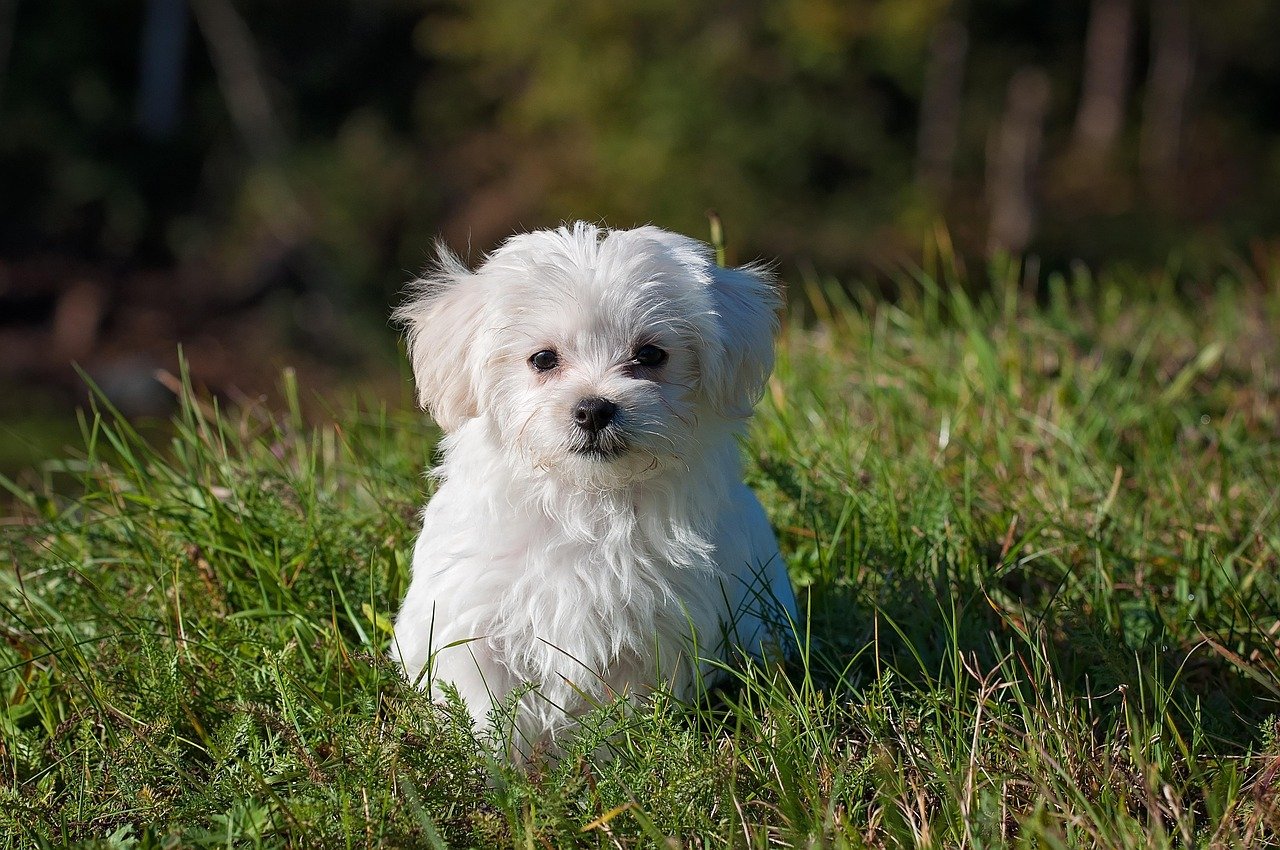
This elegant breed, which has an average life span of 12 to 15 years, has been around for 28 centuries. The oldest Maltese dog to have ever lived was 20-years-old, proving these silky white beauties have serious staying power.
Breeds that are historically older and have been mixed with similarly sized dogs (like the Maltese) have also been known to live longer. Their ancient lineage has been refined over thousands of years, creating dogs that are not only beautiful but also remarkably hardy. Females of this breed tend to live one year longer than their male counterparts, but all Maltese pups are expected to have long lifespans since they suffer from few serious genetic diseases.
Yorkshire Terriers: Big Attitude, Long Lives
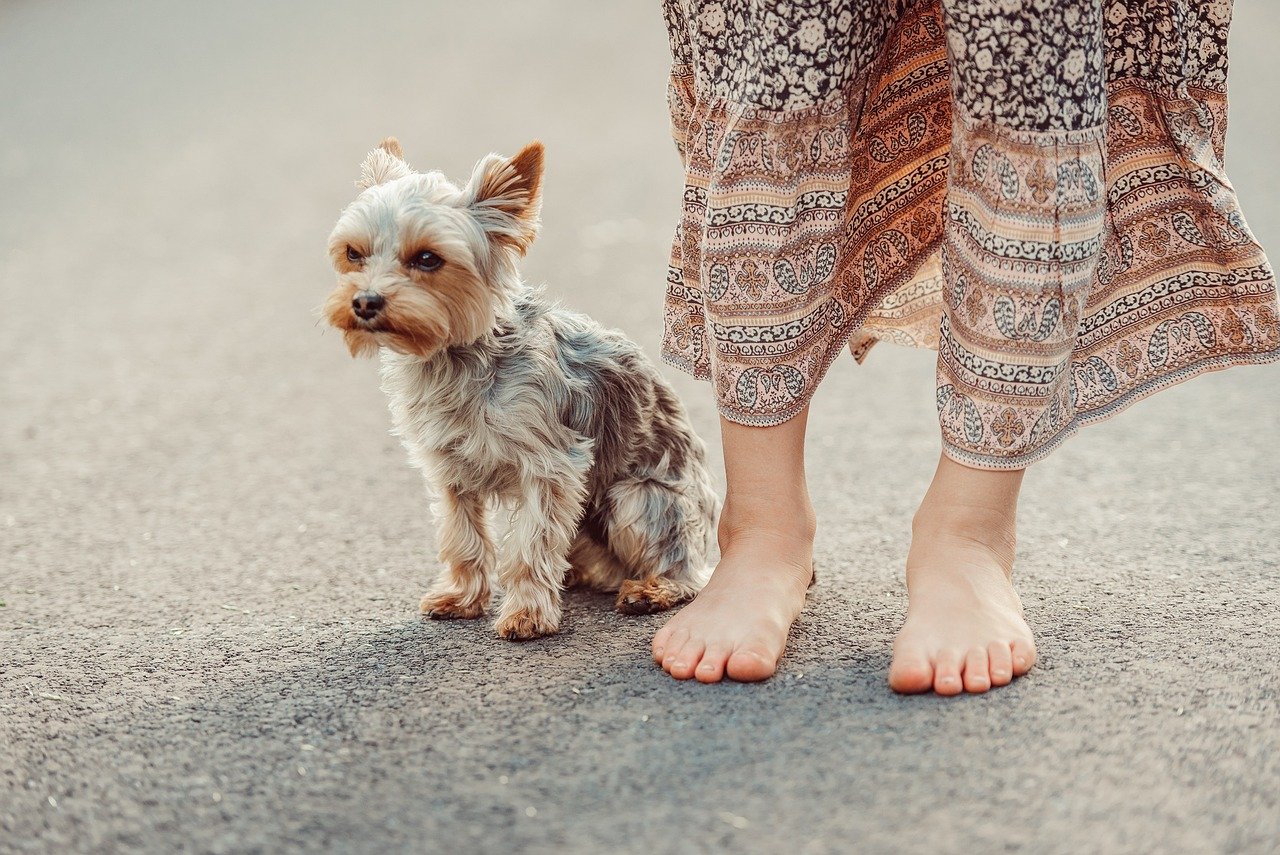
Yorkies live on average 14 to 16 years. Small and delicate in build, Yorkies can live up to 16 years. Don’t let their tiny size fool you – these dogs were originally bred to catch rats in textile mills, which required incredible courage and tenacity.
While this popular breed is often pampered today, people used their ancestors to hunt rats. That working heritage has blessed them with robust health and a fighting spirit that translates into impressive longevity. They might weigh only a few pounds, but they’ve got the heart of a lion and the lifespan to match their fierce personality.
The Science Behind Face Shape and Longevity
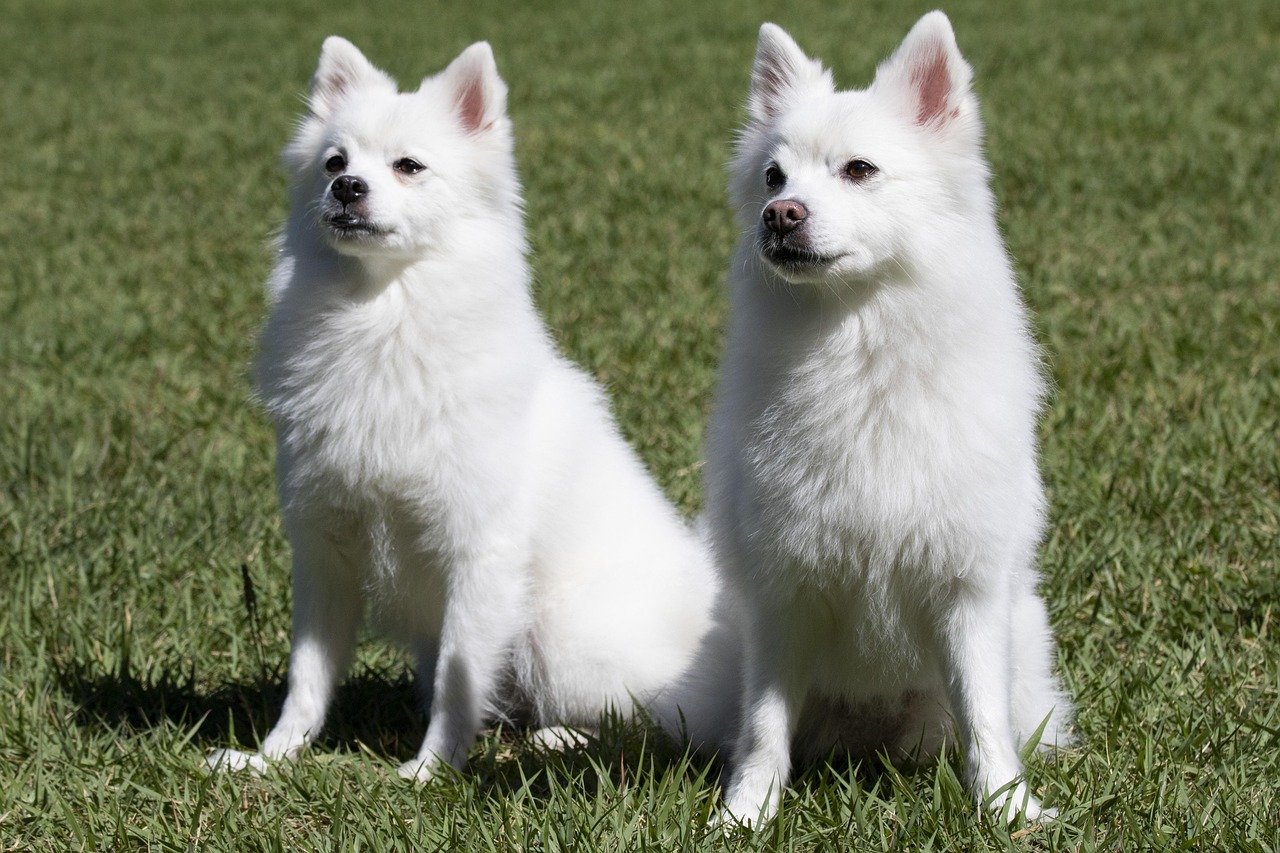
Small and long-nosed dogs tend to live the longest, while larger and flat-nosed dogs tend to have shorter lives. This discovery is reshaping how we understand canine longevity. Miniature dachshunds, which are both small and long-nosed, had a median lifespan of 14 years, compared to just 9.8 years for French bulldogs, which are medium-sized dogs with flat noses.
Flat-nosed, or brachycephalic dogs, have many known health issues, including breathing problems and heat intolerance. Think of it this way – dogs with longer snouts have better-designed respiratory systems, like having a more efficient air conditioning system built right into their faces. Those adorable smooshed faces that we love so much unfortunately come with a biological cost.
The Controversy That Rocked the Dog World
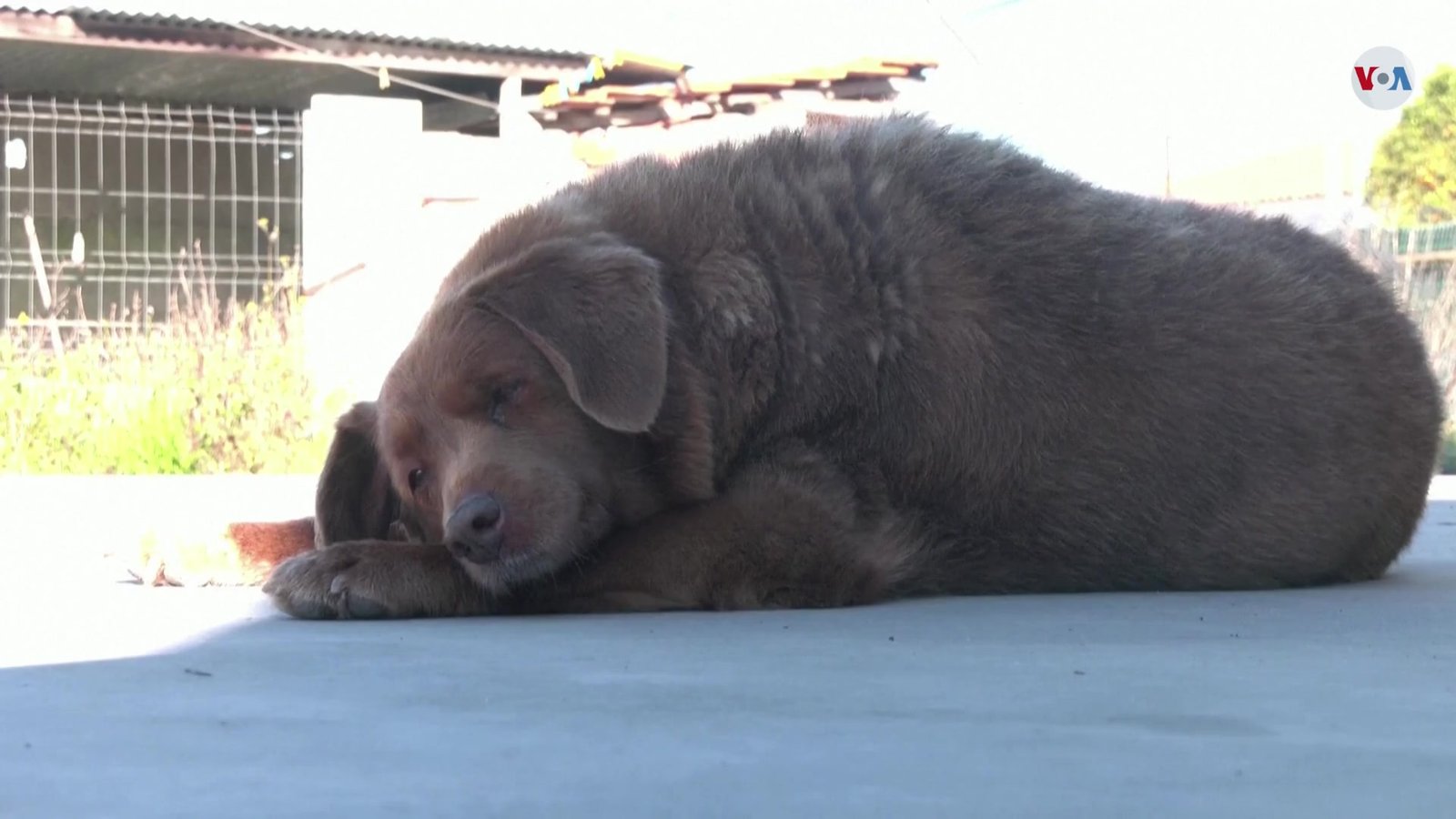
The dog longevity world was turned upside down when Bobi, a Portuguese dog, reportedly died in late 2023 at a claimed age of over 31 years. This Portuguese dog had briefly held the title of world’s oldest dog ever, but Bobi’s certification was revoked due to a lack of evidence of his birth date. The controversy highlighted just how difficult it can be to verify extreme longevity claims.
Guinness concluded that it no longer has the evidence to support that Bobi, a Rafeiro do Alentejo from Portugal, can claim the record, as it was claimed that Bobi lived to be over 31 years old. This means should Bobi lose the title of oldest dog ever, it would revert to Bluey, an Australian cattle dog who died in 1939 after living 29 years and five months.
Conclusion: The Secret Formula for Canine Longevity
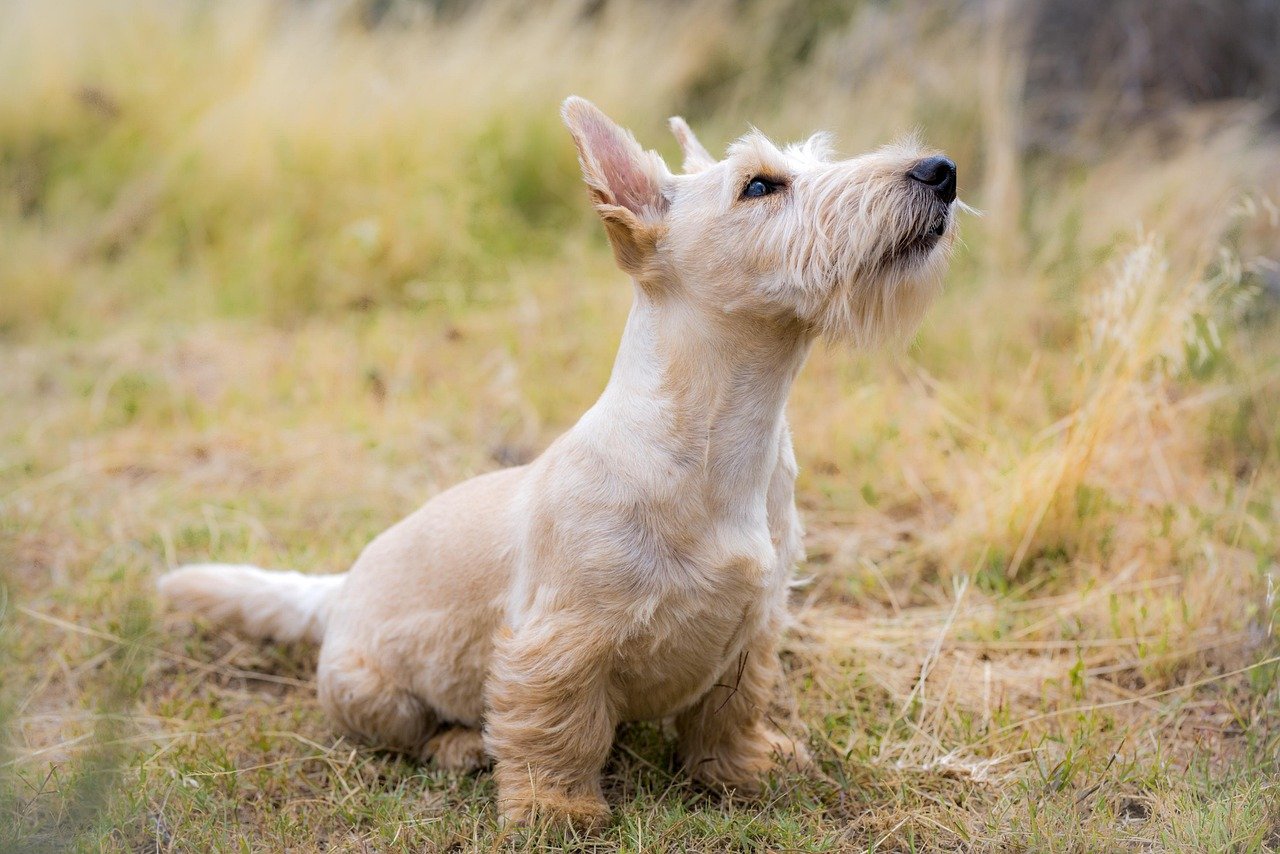
The evidence is clear – if you want a dog that might celebrate their sweet sixteen, you’re looking for a small, genetically diverse pup with a longer snout. While we can’t control genetics, understanding these factors helps us make informed choices about our future four-legged family members. The tiny Chihuahua sitting in your lap might just be a little longevity machine, programmed to stick around for decades of love and companionship.
Remember, every dog is unique, and love and proper care can help any pup live their best and longest possible life. But now you know why that elderly Pomeranian down the street is still going strong at fifteen – they’ve got biology on their side.
Did you expect that size would make such a dramatic difference in how long our beloved companions stay with us?

Hi, I’m Andrew, and I come from India. Experienced content specialist with a passion for writing. My forte includes health and wellness, Travel, Animals, and Nature. A nature nomad, I am obsessed with mountains and love high-altitude trekking. I have been on several Himalayan treks in India including the Everest Base Camp in Nepal, a profound experience.

